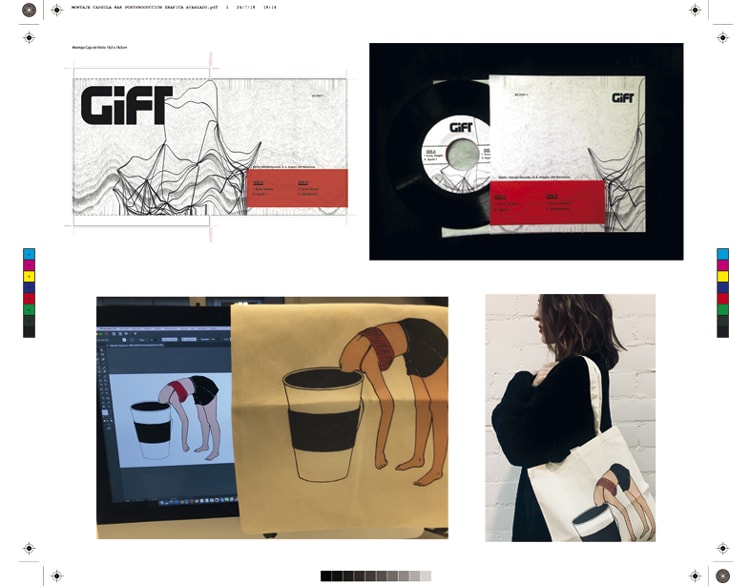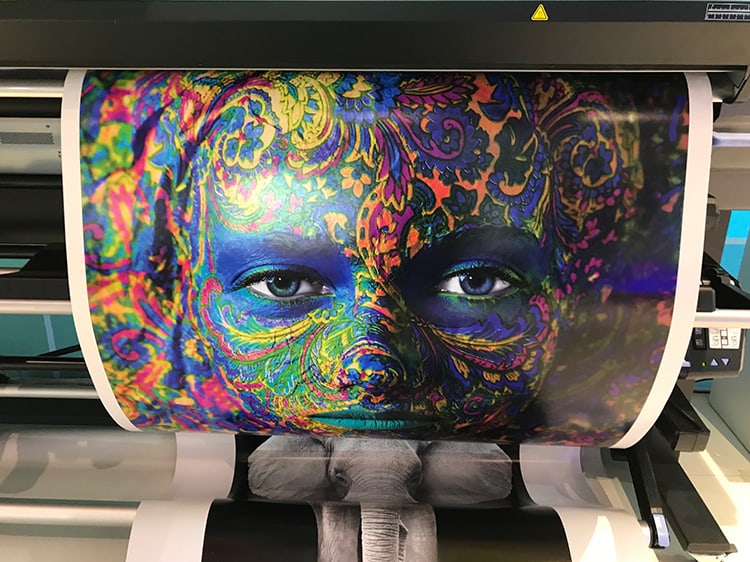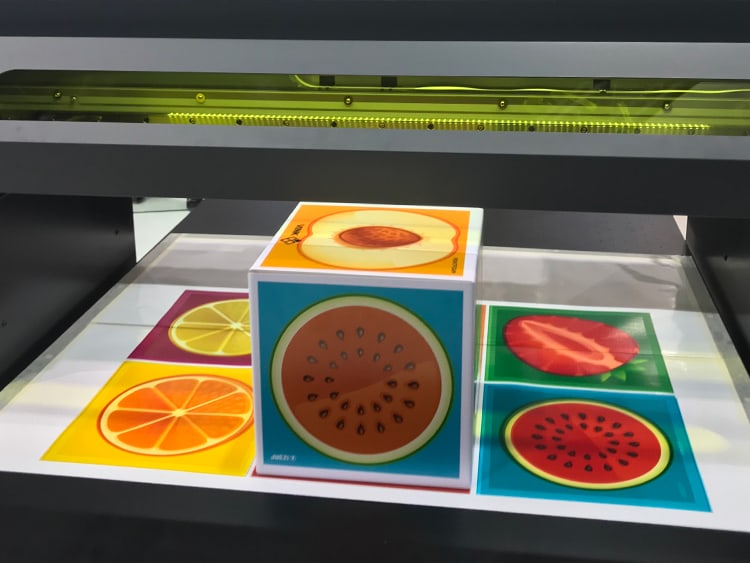Taller de postproducción gráfica
Graphic post-production and final artwork are essential when controlling our printed production in any medium: paper, screen prints, laminates, large-scale canvases and packaging. You will learn to properly prepare and manage your files so you can send your pieces for printing free of doubts and errors.
Description of the curriculum
- Edition: 11ª
- Teaching period: Del 23 de octubre de 2023 al 29 de enero de 2024
- Schedule: lunes de 15:00 a 17:00.
- Modality: Presencial
- Language: Castellano
- Price: 425€ (295 € estudiantes y alumni BAU)
- Credits: 3 ECTS
Presentation
The gap between creatives and the industrial world of graphic arts can be detrimental for both sides. The designer needs to be included in the workflow of the printer when creating proposals for industrial reproduction, as any errors in the preparation, pre-press and delivery processes can result in unforeseen outcomes that affect the final budget.
We will use graphic software—Illustrator, Photoshop, InDesign and Acrobat Distiller—from a professional perspective to recreate the entire workflow of a design studio, advertising agency or textile design studio.

Objectives
This RAC course allows students to address, in a professional way, the manner in which complex graphics projects are carried out, prepared and delivered; to develop an understanding of how to recognise errors in the delivery process—overprinting, trapping, ink separation, out-of-register elements; to manage spot colours (Pantones); to understand how to analyse the packaging die; and to become familiar with standard printing processes (offset) using the latest innovations.
Students will also learn to prepare the workflow for different final media: paper, screen print, vinyl, canvas, digital print, etc.


Syllabus
1. Digital laboratory
- Preparing digital images for graphics projects
- Professional cameras, flatbed scanner, drum scanner
- Resolutions and line screens: how to determine the appropriate resolution, the right way to increase or decrease it depending on the final medium
- Digitalisation of different original pieces
- Opaque: printed, photographic paper, illustrations, transparencies, negatives, etc.
- Size and resolution
- Enlargement without loss of quality
- Bicubic interpolation
- Resampling
- Descreening
- Focus filters
- Digital reproduction for different paper weights and line screen rulings: offset, rotogravure, newspapers, magazines, art books, screen prints, websites, iPad, iPad Retina, large-scale pieces, canvases.
2. Work strategies for a four-colour printed publication
- Preparing a project for CMYK printing
- Preparing images with a colour toning effect in a four-colour printed magazine
- Greyscale image effect, preserving the colour channels in CMYK (increased colour depth)
- Formats for export: TIFF, PSD, PDF
3. Planning a project in accordance with the budget
- Adapting a publication to greyscale, working with black ink
- Creating monotones with any channel of Cyan, Magenta, Yellow
- Creating duotones when working with two pantones in the image
- Correctly planning and carrying out a two-ink commission
- Executing projects involving five inks, CMYK plus a silver pantone
- Applying a varnish to an image and printing it correctly
- Delivering an actual project ready to be printed in two colours
- Formats for export: DCS.2.0, PDF, PSD
4. Planning of a project for screen or vinyl printing
- Separating inks by channels
- Creating a multichannel
- Controlling direct inks in the editing program
- Printing through the PostScript language, Colour separations with CTP
- Checking whether two inks line up correctly
- Using Acrobat Distiller to create a PDF for the final delivery
- Formats for export: EPS/DCS.2.0, PDF, PS, PSD
5. Resolving problems caused by poor management during post-production
- Properly analysing ink separations
- Proper management of tints
- Importing pantones from other programs
- Working with global colours
- Converting a pantone to CMYK
- Creating custom colour palettes, exchanging palettes between users
- Correctly using overprints
- Good use of colour trapping
6. Management and review of colour proofs for printing
- Working with swatch books
- Sublimation tests
- Cromalins
- Enriched black ink
7. Advanced digital editing projects
- Working with alpha channels to improve masks
- Cropping images
- Cropping hair with alpha channels
- Quick mask
- Drupa – Graphic Arts World Fair (Düsseldorf), the latest printing and manipulation innovations
- Revolution and rupture in the editorial chain—from Gutenberg to the iPad
Observaciones
No incluye el coste del reconocimiento como créditos RAC. El estudiante del Grado en Diseño de Bau que quiera reconocer este curso como créditos RAC deberá solicitarlo lo una vez lo haya superado. El coste del reconocimiento será del 25% del precio crédito vigente en el momento de la solicitud.
Note
This course, which is not included in the curriculum of the Bachelor’s Degree in Design, is primarily aimed at students who plan to obtain RAC credits, according to section «7.2.1 Cultural and training activities» of the UVic Academic Regulations.
Teachers
Guillem Casino
Technological coaching for graphic design
Request information
Send us a message and we will contact you as soon as possible.